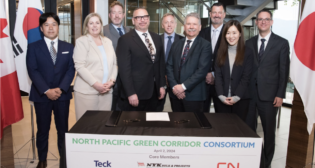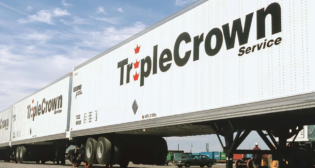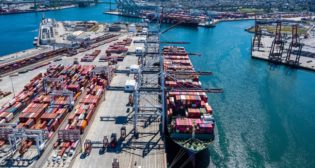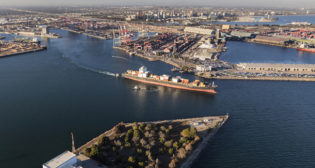
USDOT: More Than $703MM for Port Infrastructure Projects
Written by Carolina Worrell, Senior Editor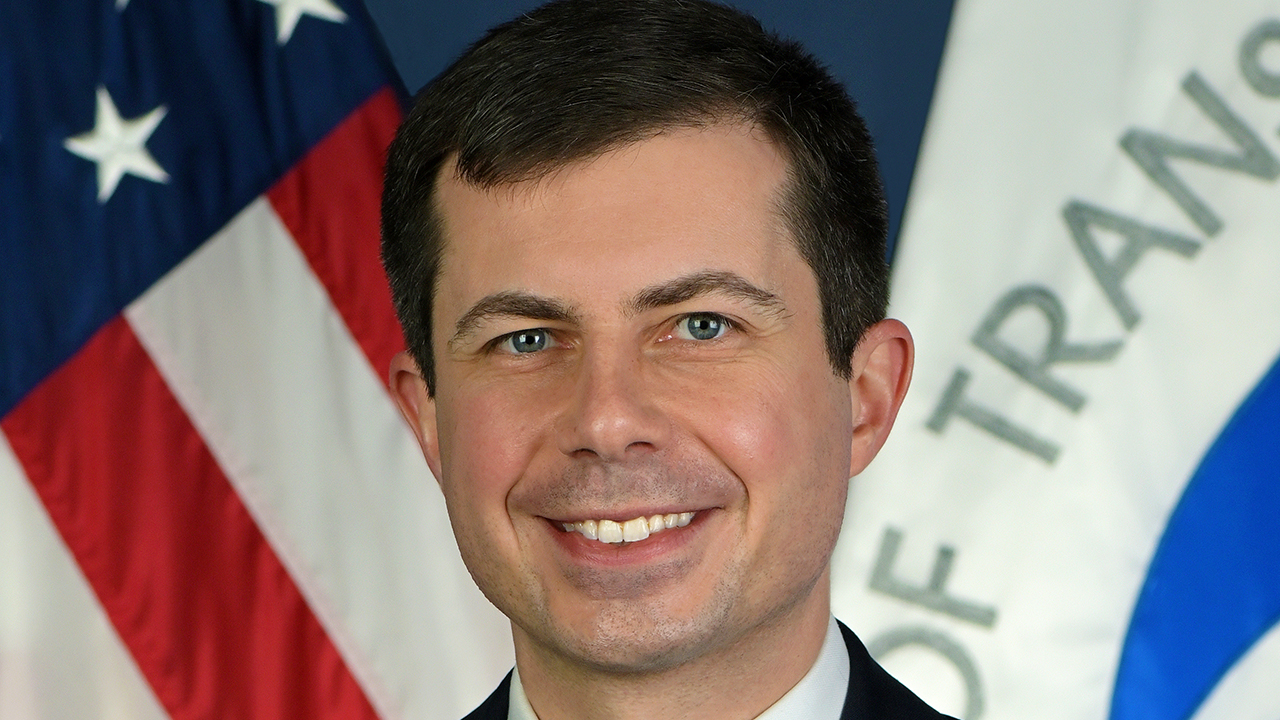
"Americans deserve to have the best rail system in the world, and the investments we are announcing today will serve to modernize the NEC for generations of passengers," U.S. Transportation Secretary Pete Buttigieg said on Dec. 22.
The U.S. Department of Transportation (USDOT) announced on Oct. 28 more than $703 million to fund 41 projects in 22 states and one territory that will improve port facilities through the Maritime Administration’s Port Infrastructure Development Program (PDIP).
The funding, made possible by the Bipartisan Infrastructure Law (BIL) and additional Congressional appropriations, will benefit coastal seaports, Great Lakes ports, and inland river ports, “helping improve supply chain reliability through increased port capacity and resilience, more efficient operations, reduced port emissions, and new workforce opportunities.” Together, USDOT says, these investments “will help get goods to shelves faster and lower costs for American families.”
Of the 41 projects, several include rail components. They are as follows:
Helena Harbor Transportation Enhancement Development Project ($6,412,652), Helena, Ark.
The Project will fund two components at Helena Harbor: 1) the addition of a water tower to support industrial uses and firefighting systems in the port, which will be built to withstand the seismic impacts of an earthquake in the New Madrid fault area; and 2) the construction of a rail spur connecting parcels on the east side of the port’s Industrial Park to the North American Rail network.
Port of San Francisco Amador Street Infrastructure Improvement Project ($9,607,500), San Francisco, Calif.
The Project will fund roadway improvements to a more resilient standard, sewer replacement and pump station upgrades to provide additional capacity and reliability, stormwater improvements and removal of creosote-treated rail ties to improve environmental conditions, and landscaping with drought tolerant plants that will conserve water.
Port of Stockton Rail Rehabilitation & Upgrade Project ($9,628,477), Stockton, Calif.
The Project will improve the Port of Stockton’s lead track by replacing or upgrading approximately 13,400 feet of existing rail and ballast, realignment of curves, and re-construction of roughly thirty turnouts. The Project also includes site clearing, grading, drainage, and utility work.
Phase 2 Rail Yard and Rail Corridor Improvement Project ($8,000,000), Kaskaskia, Ill.
The Project will install two rail tracks to create a rail yard near an existing port terminal. Improvements consist of approximately 6,000 feet of storage tracks, 10 turnouts, and upgrades to 5.3 miles of track to support the movement of bulk cargo in addition to culvert and rail tie replacement.
Rail Access and Port Capacity Improvements Project ($16,030,000), Detroit, Mich.
This Project will rehabilitate existing port infrastructure as well as construct new port infrastructure at the Port of Detroit. The specific components of the Project include creating a new port/rail connection; adding dry bulk cargo handling platforms and a covered warehouse; reconstructing a dock; installing 2 bulk-liquid storage tanks; and constructing an additional berth to facilitate fueling of cargo vessels.
Project Steel Wheel – Columbus Dock Expansion ($6,123,225), Columbus, Miss.
The Project includes design, engineering, construction, and inspection of a new rail spur with approximately 10,000 linear feet of track and three transload docks that will provide direct rail access for transloading cargo between barges and railcars at the Lowndes County West Bank Port. The port does not currently have direct rail access and the new rail spur will connect the port terminal to an existing railroad line operated by Kansas City Southern.
Port Improvement and Expansion Project ($8,768,800), Brunswick, Mo.
The Project will upgrade an existing port terminal with a new container dock and related mooring structures, add a new rail spur with a loading pit, and construct a new bulk agricultural supply building with conveyors between the rail and barge dock. The new sheet pile barge dock will provide 200 ft. of frontage for loading and unloading barges. The rail improvement consists of approximately 4,000 ft. of new track that will permit the port to work 36 car unit trains. The 360 ft. by 140 ft. bulk agricultural storage building will replace an existing 40-year-old building and offer enough capacity to manage peak periods of agricultural commodity movements.
Muskogee Waterfront Recovery & Resiliency Project ($23,955,557), Muskogee, Okla.
The Project consists of four components at the Port of Muskogee on the McClellan-Kerr Arkansas River Navigation System: 1) reconstruction of the main dock at Oakley Terminal; 2) construction of a new heavy-lift dock; 3) reconstruction of on-dock rail; and 4) construction of a new flexible-use warehouse.
Port of Green Bay Site Development Project ($10,134,800), Green Bay, Wisc.
The Project funds the first phase of redevelopment of a former power plant site into a new port terminal. The Project includes the following components: engineering services; clearing and clean-up of the existing brownfield site; construction of new dock walls and bulkheads; dredging; placement of fill behind dock wall and bulkheads; construction of stormwater collection and treatment facilities; installation of bollards and crane pads; asphalt resurfacing; new roads and utilities; truck scales; construction of an office building; and repair and extension of a rail spur with installation of three switches.
According to the USDOT, the PIDP “supports efforts by ports and industry stakeholders to improve port and related freight infrastructure to meet the nation’s freight transportation needs and ensure our port infrastructure can meet anticipated growth in freight volumes.” The program, USDOT adds, provides planning, capital funding, and project management assistance to improve ports’ capacity and efficiency, and provides funding to ports in both urban and rural areas for planning and capital projects. It also includes a statutory set-aside for small ports to continue to improve and expand their capacity to move freight reliably and efficiently, and support local and regional economies.
According to USDOT, more than 60% of the awards will benefit ports in historically disadvantaged communities and several of the projects will help reduce emissions at the ports through electrification. Additionally, more than $150 million in awards include a focus on electrification of port equipment to reduce emissions and improve air quality. The awards also include nearly $100 million for port projects that will advance offshore wind deployment–in support of President Biden’s goal of deploying 30 gigawatts of offshore wind by 2030, which is “enough to power 10 million homes with clean energy, support 77,000 jobs, and spur private investment up and down the supply chain.”

“President Biden’s commitment to modernizing our infrastructure–from the beginning of his Administration–has resulted in an unprecedented investment in all segments of our port infrastructure to enable us to move goods more quickly, strengthen supply chain resiliency, and reduce the climate impacts of port operations themselves,” said Maritime Administrator Ann Phillips.
The full list of FY22 PIDP award recipients is available here.
